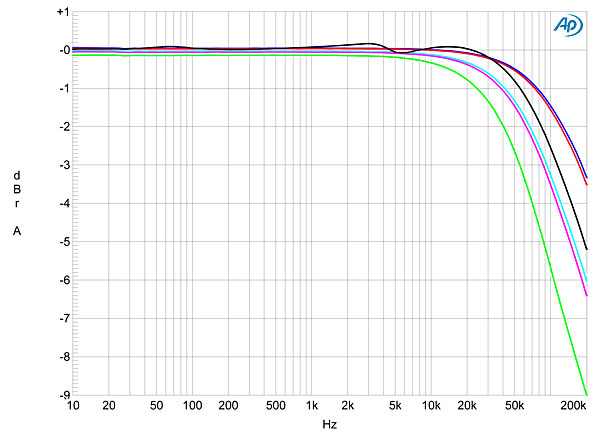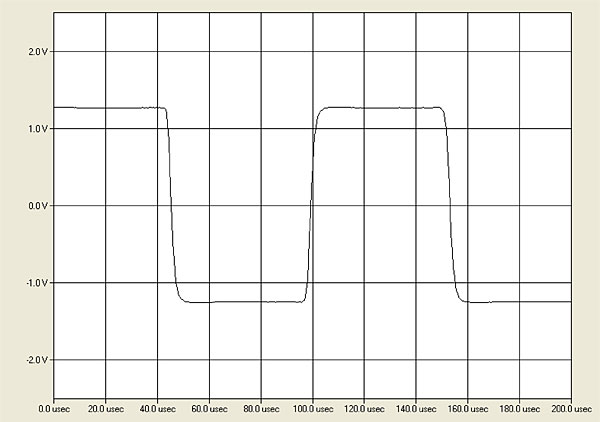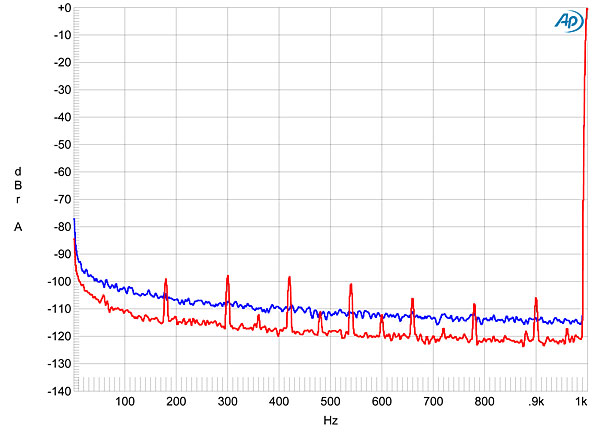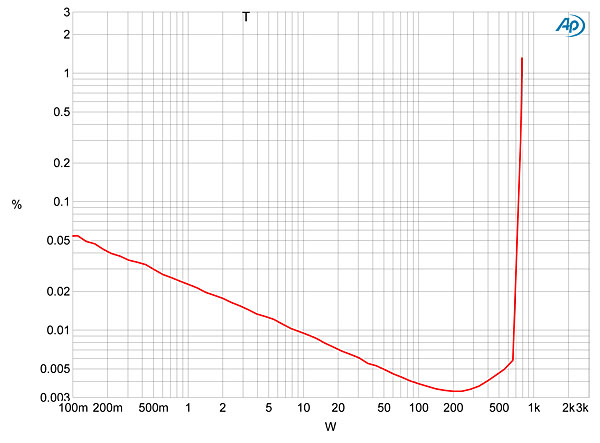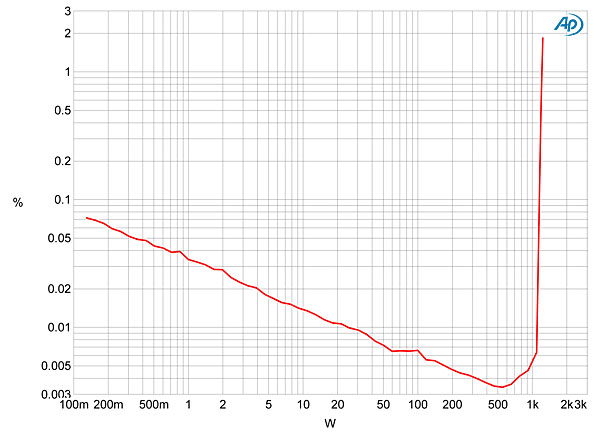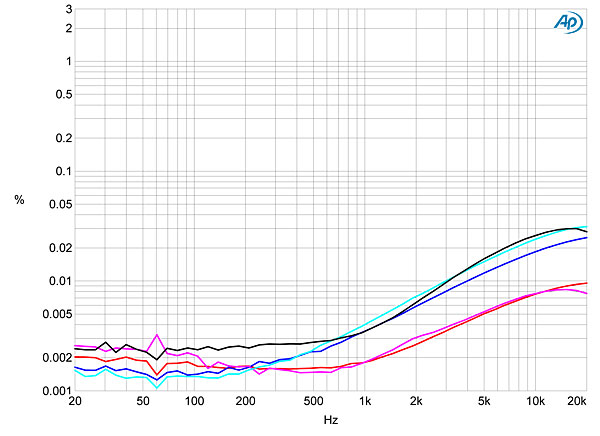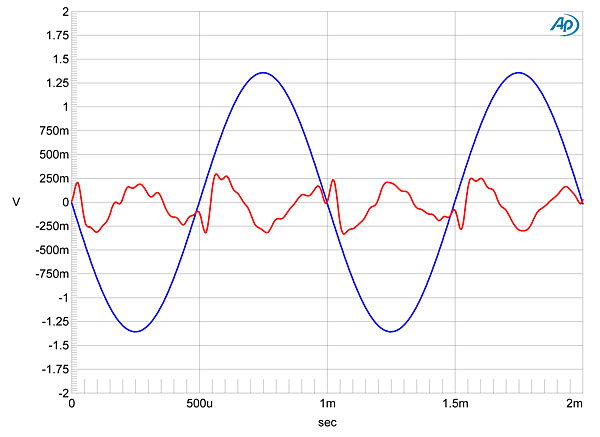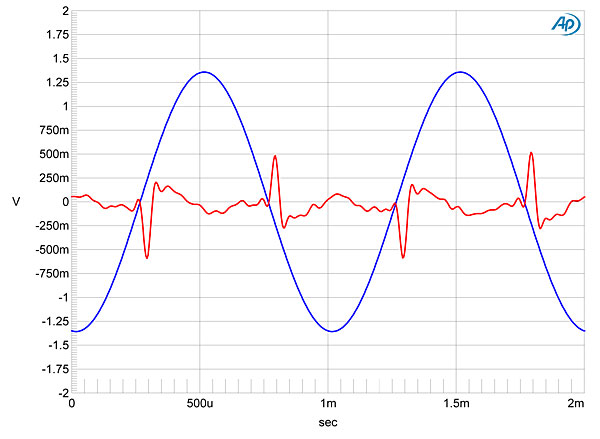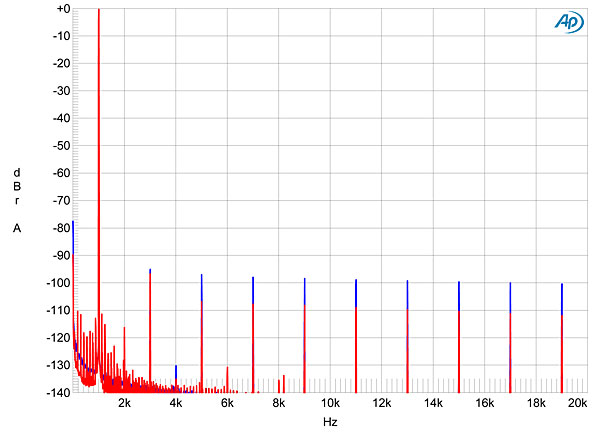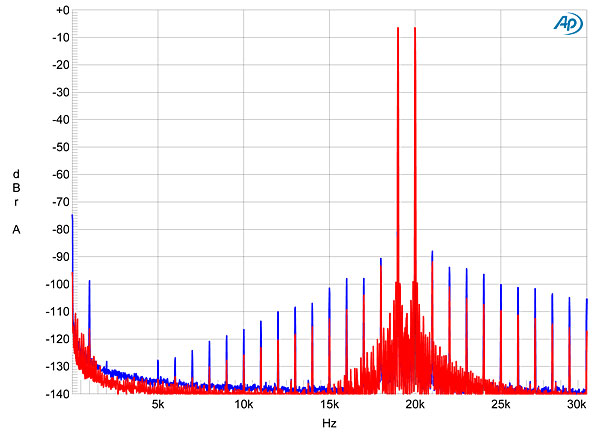| Columns Retired Columns & Blogs |
I enjoyed this review on a variety of fronts. I am glad to see SAE back on the scene. I had an SAE tape deck back in the day, before abandoning cassettes for my first Kyocera CD player.
I hope that SAE comes out with some more products.
This review was also a walk down memory lane of California entrepreneurship from the 1980s. The story of rise, fall, and rising again (in the 1980s, 1990s, and today) provided lessons going far beyond the audio hobby. It's good to see a legacy California business bringing back brands once left for dead. It's even better to hear of an existing electronics manufacturer in the US, standing in the shadow of downtown/East LA and Dodger Stadium.
It's "To Die and Live (Again) in LA" with this great historical essay on SAE, Southern California industrial resourcefulness, a comeback that none expected, and a repurposed and retooled operation that was in the background but never really went away.
As an epilogue to this story, Tokai bank itself was swallowed up in a merger with Sanwa Bank (I remember the Sanwa Bank tower in downtown LA). Later these components all fell into the current Bank of Tokyo/Mitsubishi UFJ conglomerate.
It's another great testament that SAE, in light of all of this, now comes back as an independent brand, still tethered to its original founders, while the one-time creditor has now been absorbed through a series of mergers back home.
